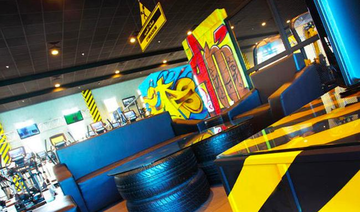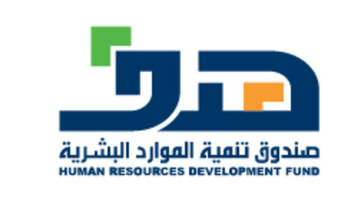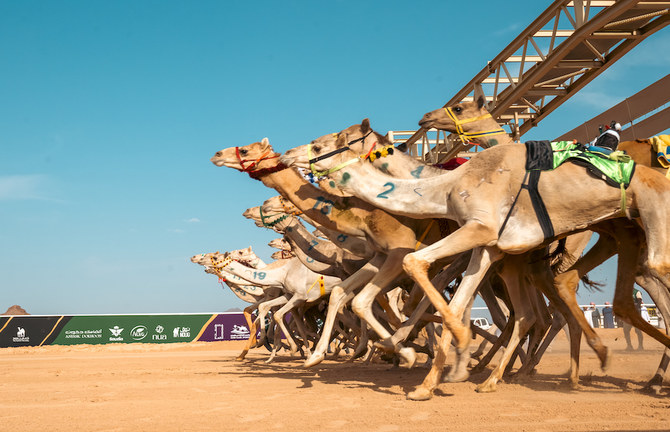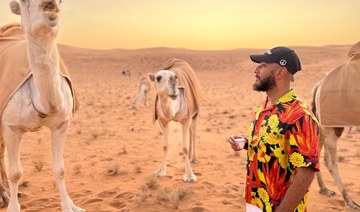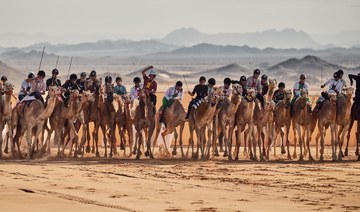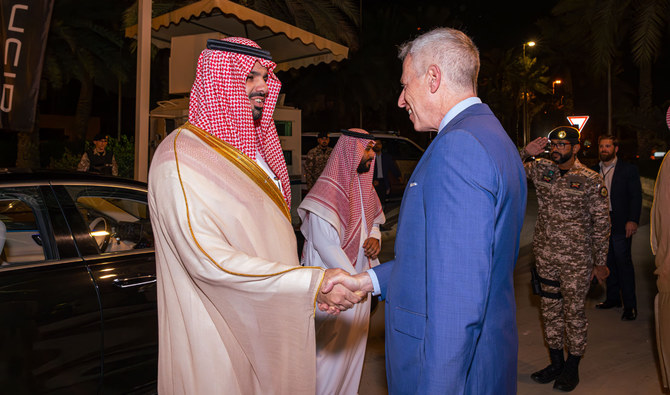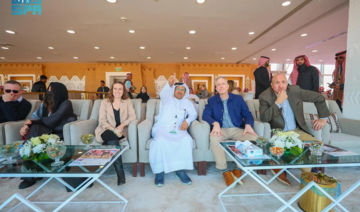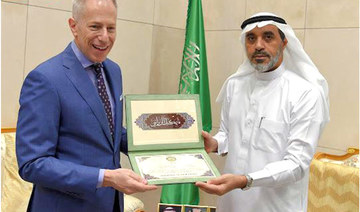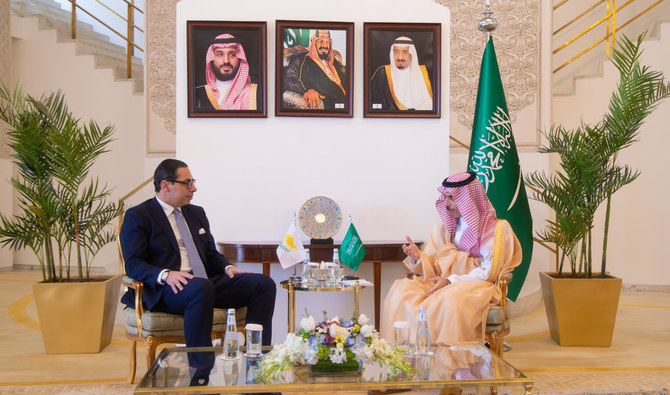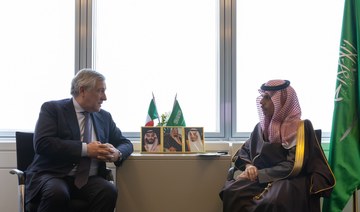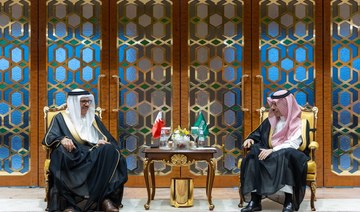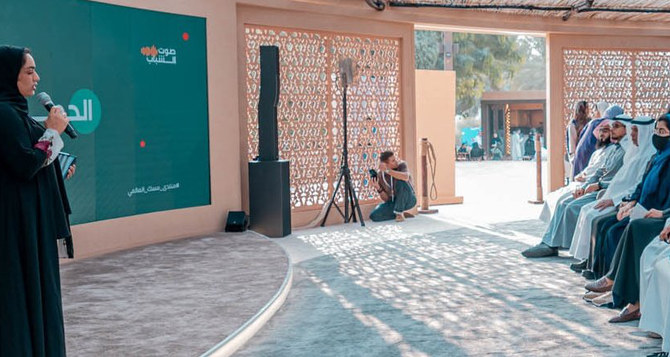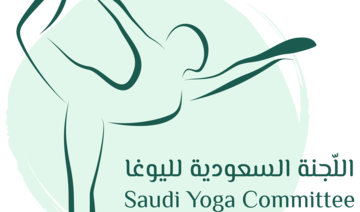JEDDAH: Since Princess Reema bint Bandar championed the licensing of female-only gyms and sports clubs by the end of 2017, the number of female-only gyms have increased around the Kingdom. Nevertheless, there is a pervasive dissatisfaction among women with the prices of gym membership and the quality of their services, as well as their limited policies.
This can be sensed just by searching “Female fitness clubs” on Twitter and reading people’s tweets.
There are many complaints, with many agreeing that good gyms are too expensive while the cheaper ones are “a waste of money.” Hala Al-Owaidhi, from Jeddah, said: “Despite the high prices, the quality of services is poor.”
Sarah Al-Asta from Riyadh listed several issues. “I joined one of the most popular gyms in Saudi Arabia that belongs to a global fitness brand. I have noticed a lack of maintenance, limited options, overcrowding, as well as a huge difference between male and female gym-memberships prices, men’s membership is way cheaper than women’s,” she said.
Salha Al-Hazmi said: “Some gyms have strange restrictions, despite the high fees we pay; sometimes we are required to pay an extra fee to join the classes. Also, when the gym has several branches, our membership is limited to the branch where we were first registered, using the membership freely in other branches around the city means paying more money just for this specific advantage.”
The price of membership to fitness clubs in the Kingdom range approximately from SR900 ($240) to SR4,000 per month. It varies from gym to gym, according to the package.
After granting licenses for women-only gyms began, Princess Reema, the former head of the women’s section at the General Sports Authority, said that she was targeting the licensing of 500 medium-sized gyms by the middle of 2018, in addition to the previously existing 47 gyms.
A survey by the Saudi General Authority for Statistics published in 2018, showed that around 91 percent of Saudi females did not practice any sporting activity (150 minutes and more per week). The survey covered 26,000 households selected across Saudi Arabia.
According to the survey, the absence of adapted facilities is one of the main reasons behind this result: 21.7 percent of females said that a lack of facilities near their residence was why they did not exercise, compared to 9.6 percent of males.
Furthermore, a recently revealed study by Saudi researcher Wafaa Al-Shega on the social and cultural factors affecting women’s physical activity in Saudi society showed that 40 percent of Saudi women were not engaging in sports due to the prohibitive prices of gym services fees.
This view presents an obstacle for Vision 2030’s social well-being goals, which aims to increase the ratio of individuals exercising at least once a week to 40 percent of the population.
Research published in 2018 by the Ken Research Company, titled “Saudi Arabia Fitness Services Market Outlook to 2022,” stated that the growing youth population in the country, along with changing laws for women, had benefitted the exercise market. The future share of the female population in Saudi Arabia’s fitness service revenue is expected to increase compared to that of the male population.
Approximately 70 percent of the individuals who attended gyms in 2017 were men. The study expected that by 2022, the proportion of female membership would reach a little less than 50 percent due to the rise in the number of women-only fitness centers.
Lawyer Nujood Qassim said that obtaining a license for a women-only gym was a complicated process in the past due to numerous regulatory requirements — as well as the difficulty of finding professional training staff — resulting in a substantial financial burden on institutions and affecting the pricing of gym’s services.
“The limited number of women’s fitness clubs in the Kingdom have raised their fees in the past. However, the situation now is different — many permits have been granted to open more female fitness clubs. However, what we see now is that prices have not been affected much. Despite the growing number of these clubs, owners are upholding the old prices, perhaps because of the high demand.”




